The Samsung Galaxy Note 10 has hit the shelves, and, so far, has garnered mostly positive reviews. Thanks to its unchallenged flagship status, it’ll be one of the first Samsung devices to get Android 10 (alongside Galaxy S10).
While we still don’t have a tentative release date for the update, the Note 10 family is guaranteed to be at the top of Samsung’s priority list. Note 9 users, too, are in luck, as the company has already promised the 2018 flagship a taste of Google’s latest mobile OS.
That leaves us with the Note 8 — the device that put Samsung’s Note lineup back on the map after the whole Note 7 debacle. The 2017 flagship launched with an enviable spec-sheet, putting most of the devices on the market to shame.
The South Korean OEM did live up to its promise and granted the device two OS upgrades. But we firmly believe a device of Note 8’s caliber deserves another lifeline, deserves to get updated to Android 10.
‘When will Samsung release Android 10 update?‘
Launched with a dated OS
Samsung launched the Note 8 in 2017, in September, days after Google unveiled its latest mobile OS, Android 8.1 Oreo. Unfortunately, Samsung wasn’t too eager on giving the Note 8 a taste of Oreo and launched the device with Nougat instead. Users weren’t happy with Samsung’s negligence, but Note 8’s bleeding-edge hardware managed to win them over in no time.
Samsung took around six months to roll out Android 8.1 Oreo for Note 8, close to the time when Google started beta-testing Android 9 Pie. The Pie update came comparatively faster, with the stable version releasing for the global variant on January 15, 2019. Had Samsung put in the effort the launch Note 8 with Oreo, the device would’ve been eligible for an automatic upgrade to Android 10.
Older devices are getting it
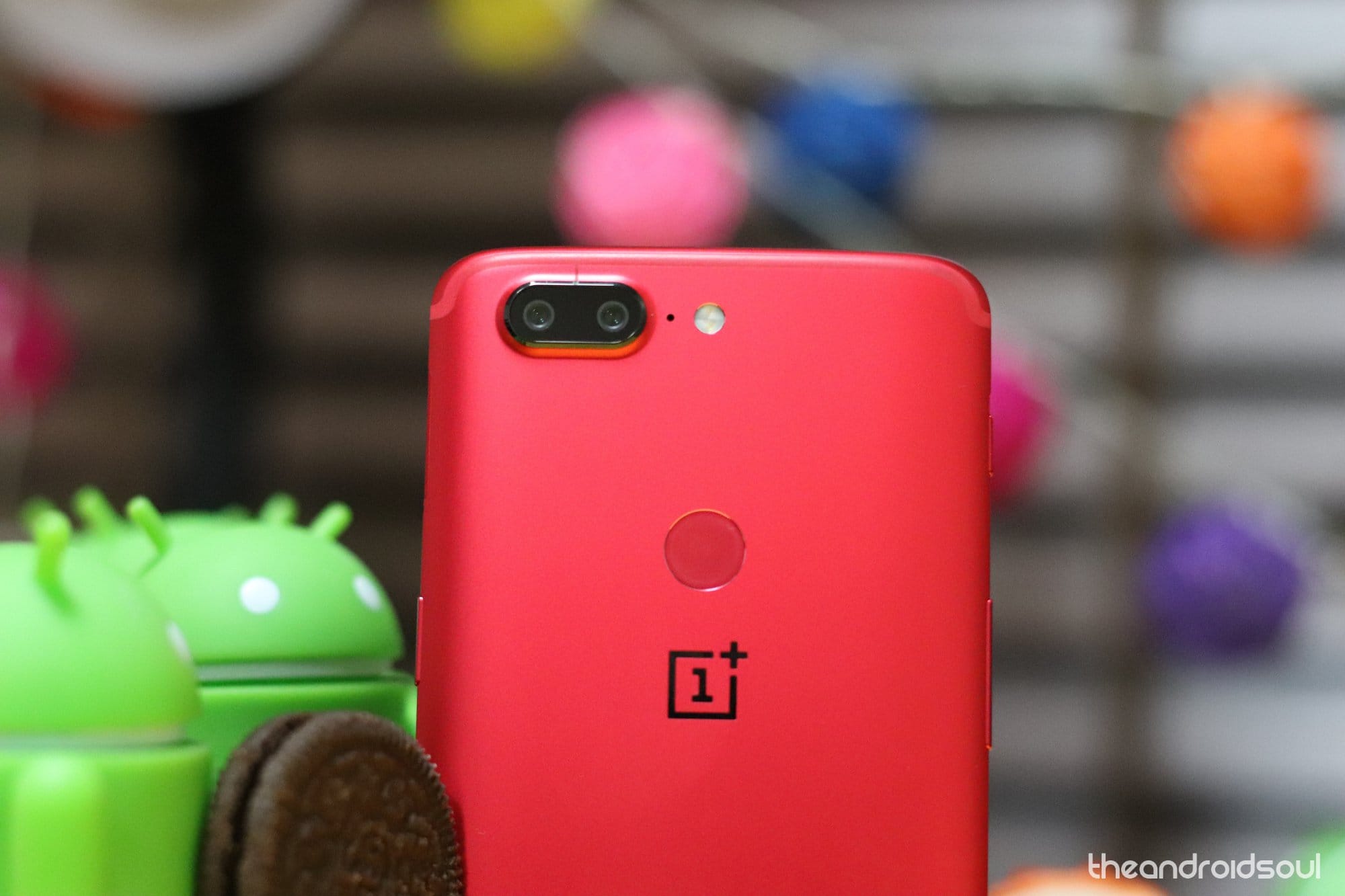
It’s been two years since the launch of the Galaxy Note 8. Two more iterations have been launched since then, and the world of smartphones has moved on to bigger and better things. Now, Samsung could argue that it isn’t doing any injustice by not upgrading Note 8 to Android 10, as the phone was never meant to receive more than two OS upgrades. And while that argument is indeed iron-clad, it’s disappointing to see Samsung limiting even its flagships to two OS upgrades.
Devices like OnePlus 5/5T (June 2017/November 2017), Huawei Mate 10/10 Pro/10 Lite (October 2017), Google Pixel 2/2 XL (October 2017), and even original first-gen Pixel devices (October 2016) are getting updated to Android 10.
Learn from the newcomers
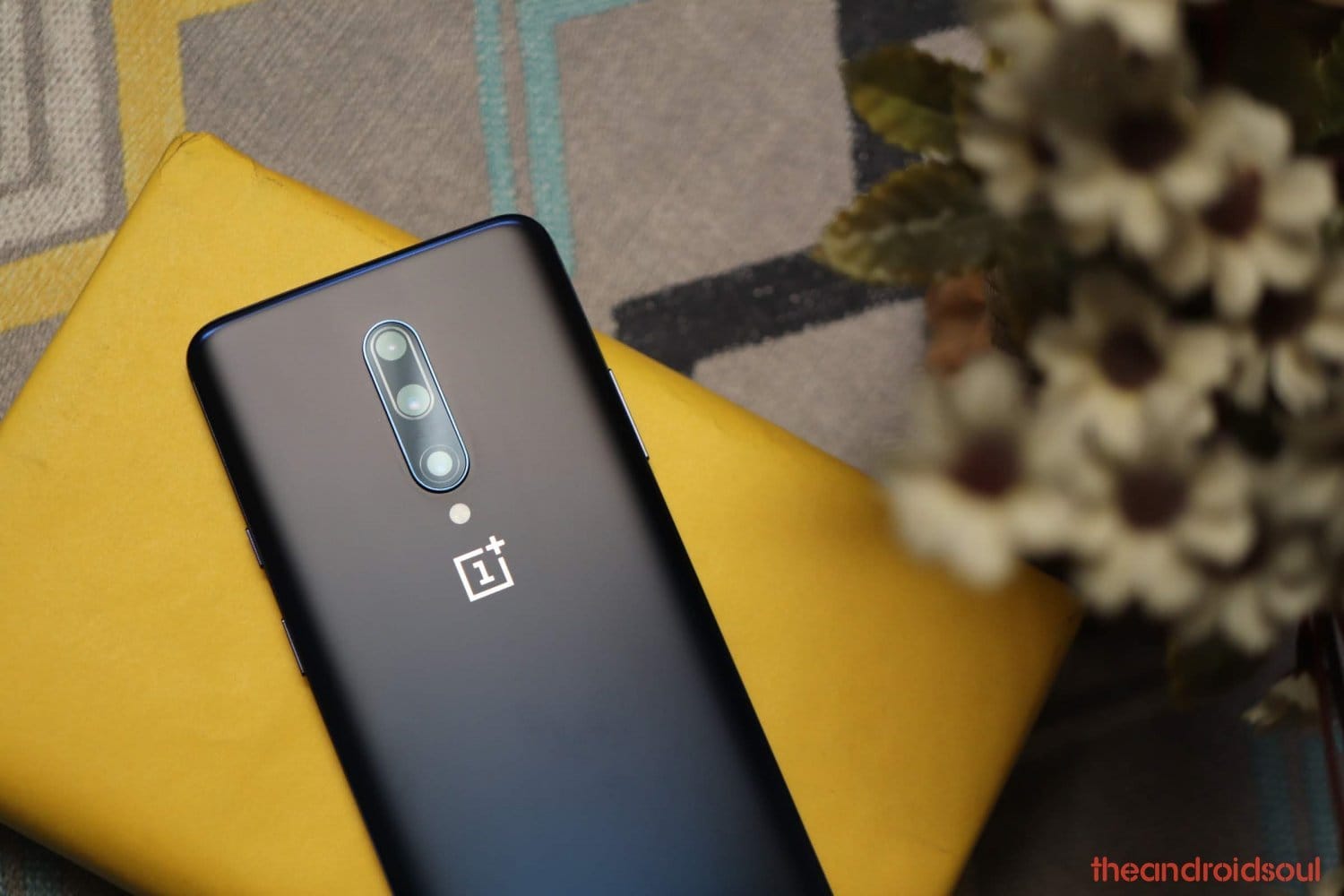
Samsung is one of the oldest and largest smartphone manufacturers in the business. Back in the day, before Google and OnePlus devices were even conceived, Samsung used to be the most reliable OEM in terms of software updates. HTC and Sony (Ericsson) had their moments, but they never came close to giving Samsung a run for its money. With time and the emergence of other fresh companies, Samsung lost some of its grip on the market and are yet to reclaim it.
In 2019, you need more than a feature-packed phone to beat the competition. Users are not swayed by just the product, they also need to feel valued, and not only for the first couple of years. Samsung needs to go back to the drawing board, rethink their game plan, and take a couple of pages out of Google and OnePlus’ books, if necessary.
Even Apple’s doing it
Samsung has always been Apple’s fiercest competitor. The companies have locked in multiple battles over the last decade and made sure to make each of them a fascinating encounter. While the South Korean OEM has had an upper hand over Apple in the hardware department, the American multinational has always been leaps and bounds ahead of Samsung in terms of software updates.
If Samsung is willing to bridge the gap with Apple in the software department, the company must start looking beyond its current flagships and support devices that are capable of running the latest software without a hitch.
One UI 2.0
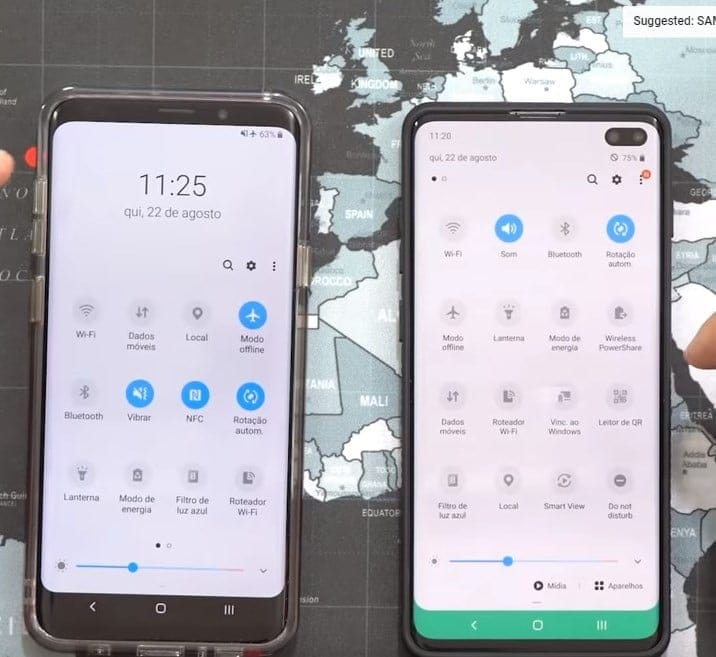
Last year, Samsung unveiled its newest custom skin to the world: One UI. Based on Android 9 Pie, it brought a host of changes, emerging as the most refined skin the company’s ever built. This year, Samsung will extend the tradition by launching One UI 2.0, which, as you can guess, will be built on Android 10.
One UI 2.0 will bring several functional changes, for sure, but it won’t be a structural overhaul like One UI 1.0. We know it’s easier said than done, but we firmly believe that developers over at the Samsung headquarters won’t have too hard a time trying to bring One UI 2.0 to the Note 8.

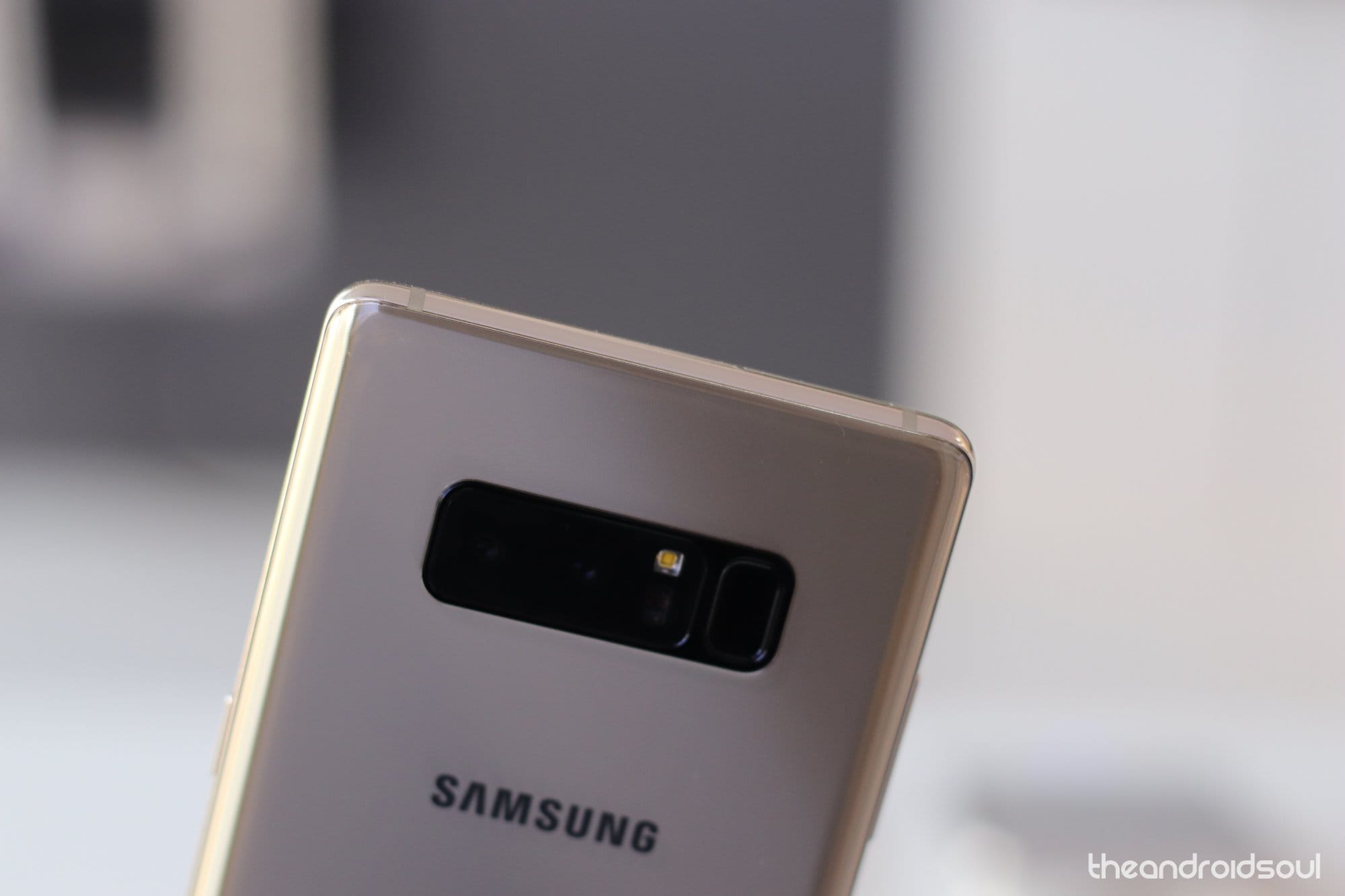



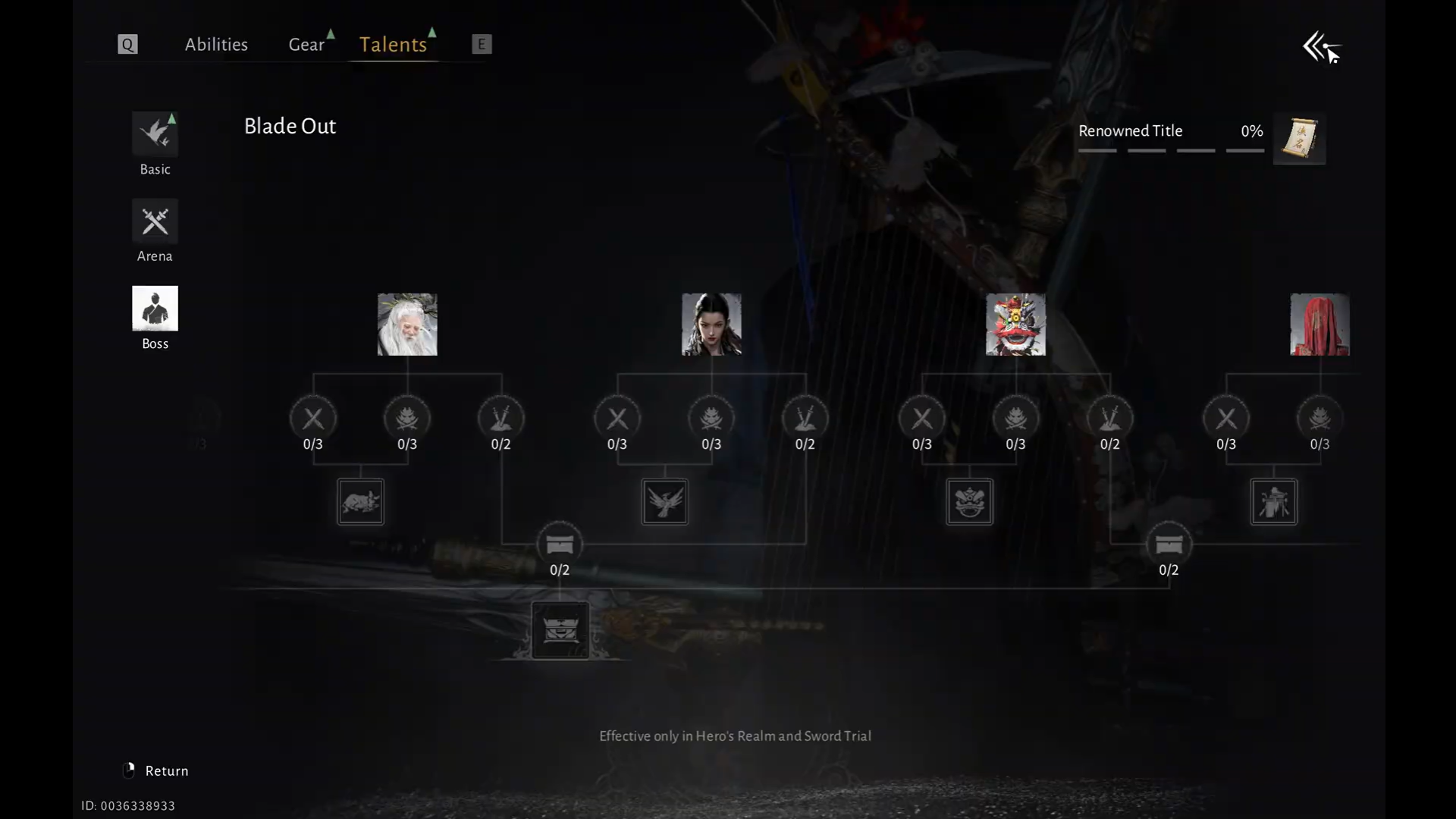







Discussion